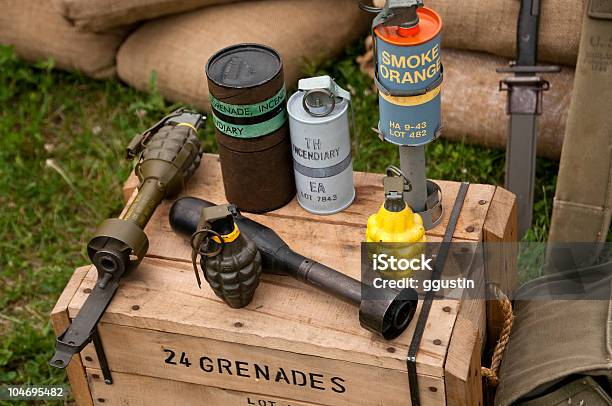
As the ashes settled from Mount Lewotobi eruption in East Nusa Tenggara (NTT), a region better known for its serene islands and popular Komodo Boat Tour experiences, residents were faced with an unexpected and chilling discovery—a cache of World War II-era grenades hidden beneath the soil for decades.
The grenades were found in Boru Village, East Flores, by a group of residents who had been forced to evacuate due to the Lewotobi eruption. Upon returning to their homes, they discovered rusted war relics buried under the surface, hidden amidst nature’s chaos. The East Flores police secured 61 active grenades, believed to be from the Japanese occupation during World War II.
This startling revelation serves as a reminder that beneath the paradise-like landscapes of the Indonesian archipelago — from the white sands of Komodo Island to the volcanic peaks of Flores — history often lies hidden, waiting to resurface. While thousands of tourists each year embark on a Komodo Boat Tour to witness dragons, turquoise bays, and pristine snorkeling spots, few would imagine that a different kind of danger still lingers inland, buried in time.
A Glimpse into Indonesia’s Wartime Past
During World War II, Indonesia was occupied by the Japanese from 1942 to 1945. Remote areas such as Flores, less developed and accessible than others, served as bases and hideouts. As the tides of war changed, many weapons were either abandoned or buried in haste — some never to be retrieved.
The recent volcanic eruption created the perfect conditions for these long-lost weapons to reemerge. Shifting earth, ash falls, and lava flows have a way of revealing what time has been buried. It’s not the first time such relics have been uncovered after natural disasters in the archipelago. Still, this discovery—in such proximity to residential areas—has raised concerns about unexploded ordnance in rural Indonesia.
Safety and Swift Response
The East Flores Police Chief, Senior Commissioner I Gede Made Ary Candra, confirmed that the Gegana bomb squad unit of the East Nusa Tenggara Police Mobile Brigade immediately secured the discovered grenades. Fortunately, no injuries or accidents were reported, and local authorities have since conducted inspections to ensure the area’s safety.
“We are taking this very seriously. These are not just relics; they are potential hazards,” said Candra. He also urged residents to report any unusual metal objects or buried materials in the area.
This operation highlighted the importance of disaster preparedness, not just for natural events like the Lewotobi eruption but also for the hidden, human-made threats they may expose. Education and awareness in remote villages will now play a crucial role in controlling accidents in the future.
Nature’s Power to Reveal the Past
Indonesia is no stranger to the intersection of natural phenomena and historical artefacts. The region’s diverse geography features active volcanoes, deep seas, and tropical rainforests, creating a beautiful landscape filled with hidden secrets.
It’s a contrast tourists rarely consider while island-hopping on a Komodo Boat Tour, marveling at manta rays or lounging on pink beaches. However, the recent events in Flores show how nature’s power can uncover stories that textbooks forget.
For those journeying through the region aboard a Komodo liveaboard, passing nearby islands like Lembata or East Flores, these stories add depth to the voyage. They offer more than scenic views; they remind us that these lands carry centuries of history, conflict, and resilience.
Balancing Adventure and Awareness
As East Nusa Tenggara continues to grow as a tourist destination, balancing preservation with development becomes essential. The recent grenade discovery calls for vigilance—not just in disaster response but also in understanding the islands’ deeper histories.
Travel companies offering tours through the region may consider integrating local history into their narratives. Providing travelers with a more comprehensive experience. After all, understanding a destination isn’t just about what you see but what lies beneath.
Boru Village is now safe, and the authorities have removed the grenades. But the incident leaves behind more than just a cleared site—it leaves questions. How many more relics lie buried across the islands? How do we ensure the safety of communities living atop these dormant dangers?
